2016
Alfred de Grazia: The Lately Tortured Earth
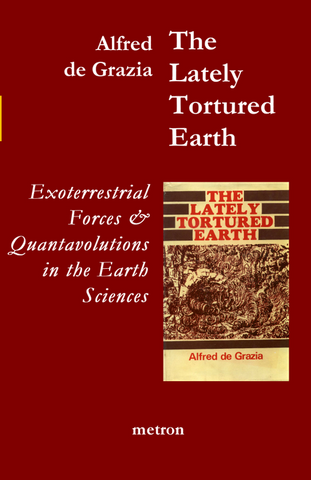
First published by Metron Publications in India in 1983, The Lately Tortured Earth is the first systematic treatment of the role of exoterrestrial forces in the Earth Sciences.
Proxima b - our nearest exoplanet has an ocean

A rocky planet, with a mass close to Earth’s, has been recently discovered around Proxima Centauri, the closest star to our own Sun. In a study to be published in The Astrophysical Journal Letters, an international team lead by researchers of the Marseille Laboratory of Astrophysics (CNRS/Aix-Marseille Université) has just ascertained its dimensions and the properties of its surface, which would favor habitability. According to them, this could be an « ocean-type planet, » with an ocean covering its whole surface.
40,000 years of knowing the ropes...
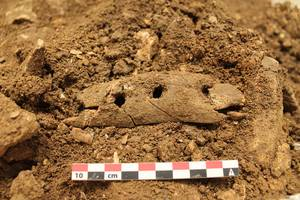
Amanda Laoupi: They were all humans...
- Witnesses, survivors and victims of archeodisasters...
"Our ancestors lived in highly active volcanic environments since the Lower Pleistocene. Generally speaking, there are more than 60 ancient hominid track sites, ranging in age from 3.7 Ma to less than 2.5 Ka, recorded from all continents except Antarctica, but no ichnotaxonomic names have ever been formally proposed for hominid tracks. Unfortunately, the hominid track site sample includes only about a dozen sites where footprint preservation is good enough to show details of diagnostic foot morphology and typical track way morphology..."
Gunnar Heinsohn: Ephesus in the 1st Millennium - was it destroyed three times, or only once?
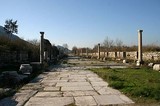
Alfred de Grazia: from political science to quantavolution - Part 2 (by Anne-Marie de Grazia)

...Which is why I would like to talk to you today of where Quantavolution came from, which is to say, from where Alfred de Grazia came to Quantavolution...
The next major nuclear accident

In order to estimate the size of the danger of explosions in an nuclear plant, experts need data. But there is not enough of these. Moreover, specialists are not in agreement over the methods of risk analysis.
Also: Serious Jihadist threats to nuclear facilities in Belgium
Alfred de Grazia: from political science to quantavolution - Part 1 (by Anne-Marie de Grazia)

...Which is why I would like to talk to you today of where Quantavolution came from, which is to say, from where Alfred de Grazia came to Quantavolution...
Cosmic collisions caused tsunamis on Mars

Mega-tsunamis in an ancient ocean on Mars may have shaped the landscape and left deposits that hint at whether the planet was once habitable, researchers say.
The giant waves, thought to have reached up to 120 metres in height as they raced over the land, could have been triggered by two large meteorites slamming into the surface.
Gunnar Heinsohn's latest: Wrecked Metropolises of the 1st Millennium CE
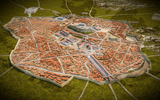
Stratigraphic evidence for seven cities discussed in his forthcoming book: Aachen, Kalisz, Rome, Athens, Byzantium, Jerusalem, and Samarra is presented to underline the claim that each site experienced just one devastating destruction during the 1st millennium CE that, in each case, is the same that seems to bring about, at the beginning of the 10th c. CE, the dramatic shift from the Early Middle Ages to the High Middle Ages.
Pytheas, megaliths and the tides
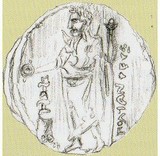
"...Thomas noticed that the great megalithic observatories were all implanted in zones of strong tides. Carnac commands over the Atlantic Coast, and particularly over the difficult entrance of this interior sea which is the Gulf of Morbihan. The Great Menhir of Locqmariaquer (23m, 347 tons) surely served as a landmark to seamen. As for the “astronomic computer” of Stonehenge, it is halfway between Bristol and Southampton, the two points on Earth which (along with the Bay of Fundy in Canada) experience the strongest tides..."
Piteraqs, Greenland's storms from hell
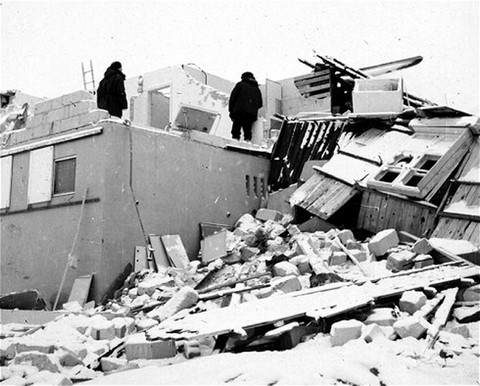
They move at speeds of over 250km/hour icy air masses at temperatures of minus 20°C, and literally "target" coastal settlements...
Marina, Iphigenia and the Morning Star

Unconsciously, or maybe deliberately, someone put a video on Youtube of the Greek song “Marina,” on a poem by Odysseas Elytis (Nobel Prize 1979), illustrating it with pictures (with some kitsch added) from Michael Cacoyannis’ film Iphigenia...
Neanderthals used chemical firestarter

The discovery of many small black blocs of a specific manganese oxide on Mousterian sites shows that Neandertals had a surprising use for them - they made it remarkably easier to start a fire.
Go to the article
Flight from light: Is the Earth' magnetic field responsible for the Cambrian Explosion?

Rapid reversals of Earth’s magnetic field 550 million years ago destroyed a large part of the ozone layer and let in a flood of ultraviolet radiation, devastating the unusual creatures of the so-called Ediacaran Period and triggering an evolutionary flight from light that led to the Cambrian explosion of animal groups.
Neandertals transmitted a taste for nicotine and a propensity to depression
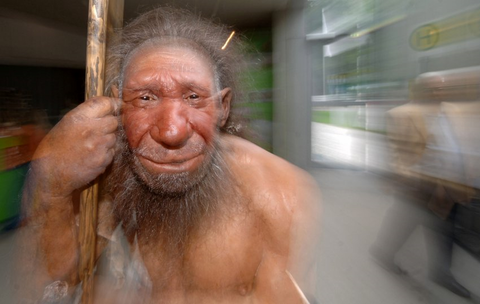
Romantic encounters between Homo Sapiens and Neandertal have left their marks in the genome of modern Europeans, making many of us more prone to nicotine addiction and to depression.
"We contain multitudes" (3, 4 & 5)

A man's inner twin becomes a father. Go to article
A small organism, bdelloid rotifer, reproduces without sex for eighty million years, and keeps genetically fit by absorbing foreign genes. Go to article
Blind woman recovers eyesight by switching personalities. Go to article
A street-map in the sky

On Jan. 12th, Mia Heikkilä looked up from her hometown in Eura, Finland, and saw something uncommon. "There was a street map of Kauttua painted in the sky!" she says.
A new Little Ice Age by 2030?
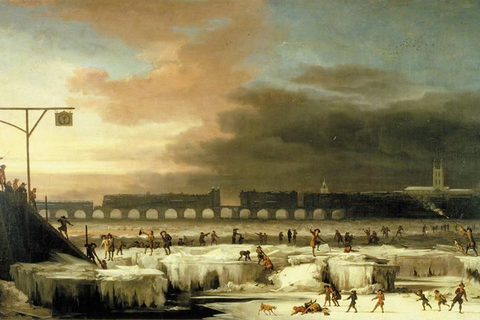
Rarely has the Sun been as active as during the past five decades. Read here. Is it pure chance that the strongest increase in temperature of the past 500 years occurred precisely during that same period? Yet, a few years ago, a page was turned, and the Sun stopped its hyperactive phase. Almost nobody had expected it...
The Dragon at the bus-stop
During the 1980s, when we are were living part of the year in Southern France, Alfred de Grazia and I would often drive by, on our way from Marseille to the Luberon Mountains, a bus stop called Rocher du Dragon, the "Dragon's Rock," in the Northwestern part of the beautiful old city of Aix-en-Provence.
Some research into the local folklore uncovered the existence of a dragon who, according to legend, used to sit there, at an undetermined time, atop a heap of bones which were the remains of men and beasts which it had devoured...
Peiresc, the humanist genius from Provence
He studied with Galileo, bettered him in observing Jupiter's moons, and shortened the Mediterranean Basin... He also collected the left-overs of the meals of the Dragon at the bus-stop (see above)

